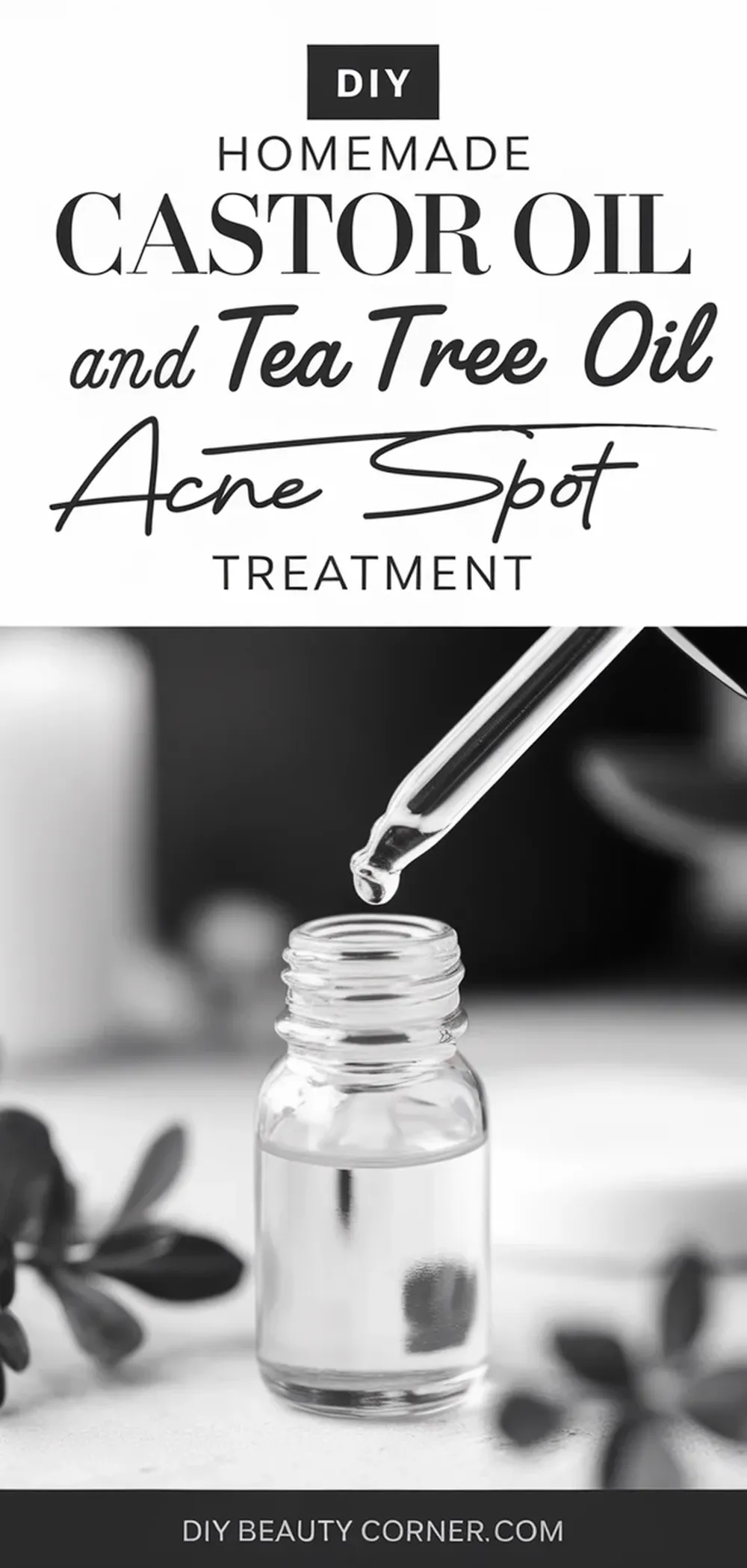
Dealing with acne can be frustrating, and finding effective remedies often feels overwhelming. I’ve discovered that a simple DIY treatment using castor oil and tea tree oil can work wonders for blemish-prone skin. This combination not only targets acne but also promotes healing, making it a go-to solution for my skincare routine.
Incorporating these natural oils offers a gentle yet effective approach to treating breakouts. Castor oil has moisturizing properties, while tea tree oil is known for its antibacterial effects. Together, they tackle imperfections without excessive dryness or irritation.
If you’re ready to create your own acne spot treatment at home, I’ll guide you through the necessary ingredients and the straightforward steps to achieve clear skin. With just a few supplies, you can take control of your skincare and say goodbye to stubborn pimples.
Benefits of Castor Oil and Tea Tree Oil
Combining castor oil and tea tree oil can offer significant advantages for acne treatment. Each ingredient contributes unique properties that enhance the effectiveness of the spot treatment.
Antibacterial Properties
Tea tree oil is well-regarded for its potent antibacterial qualities. Research indicates that it can effectively target acne-causing bacteria, reducing their presence on the skin.
I find that incorporating tea tree oil into my acne spot treatment helps prevent the formation of new blemishes. When used in conjunction with castor oil, which is also known for maintaining skin balance, this combination creates an environment that is less conducive to acne outbreaks.
Reducing Inflammation
Castor oil contains ricinoleic acid, which has been shown to possess anti-inflammatory properties. This helps to alleviate the redness and swelling that often accompany acne lesions.
When applying a mixture of castor oil and tea tree oil to inflamed areas, I notice a marked reduction in irritation. The soothing effects of castor oil work well with the skin-calming benefits of tea tree oil, providing relief and promoting a clearer complexion.
Promoting Skin Healing
Both castor oil and tea tree oil play a role in skin repair. Castor oil is rich in fatty acids, which nurture the skin and facilitate healing.
I often use this combination to enhance the skin’s natural recovery process. Tea tree oil aids in preventing infections, while castor oil supports moisture retention, ensuring that the skin remains hydrated and healthy during the healing phase. This synergy not only aids in treating existing acne but also promotes overall skin health.
Creating Your Acne Spot Treatment
This section details how to create an effective acne spot treatment using castor oil and tea tree oil. You’ll find precise instructions on the ingredients needed, the mixing process, and best practices for application.
Ingredients and Supplies
To make this acne spot treatment, I gather the following ingredients:
- 1 tablespoon of castor oil: This oil is known for its moisturizing properties and ability to penetrate the skin. It helps soothe inflammation and can improve skin texture.
- 2-3 drops of tea tree oil: Renowned for its antibacterial properties, tea tree oil effectively targets acne-causing bacteria. It’s crucial to not exceed this amount, as tea tree oil can be potent.
In addition to these ingredients, I use a small mixing bowl, a dropper, and a clean cotton swab for application. Having these supplies organized makes the process smoother.
Mixing Instructions
To start, I pour 1 tablespoon of castor oil into a clean mixing bowl. Next, I add 2-3 drops of tea tree oil. Using a spoon, I gently stir the mixture until both oils are thoroughly blended. The oils should take on a uniform appearance, ensuring that the tea tree oil is evenly distributed throughout the castor oil.
I make sure to mix just before I apply it to maintain the potency of the tea tree oil. If I want a larger batch, I can adjust the ratios while maintaining the same proportions: one tablespoon of castor oil for every two to three drops of tea tree oil.
Application Guidelines
When applying the mixture, I use a clean cotton swab to dab a small amount directly onto the affected areas. I make sure not to rub it in; a light touch is best for targeting individual spots.
I let the treatment sit on my skin for at least 30 minutes before rinsing it off with warm water. If my skin tolerates it well, I might leave it on overnight for deeper penetration and enhanced results.
Consistency is key, so I apply this treatment once daily until I see improvement. Keeping track of any skin reactions is crucial, as tea tree oil can be potent for some individuals.


